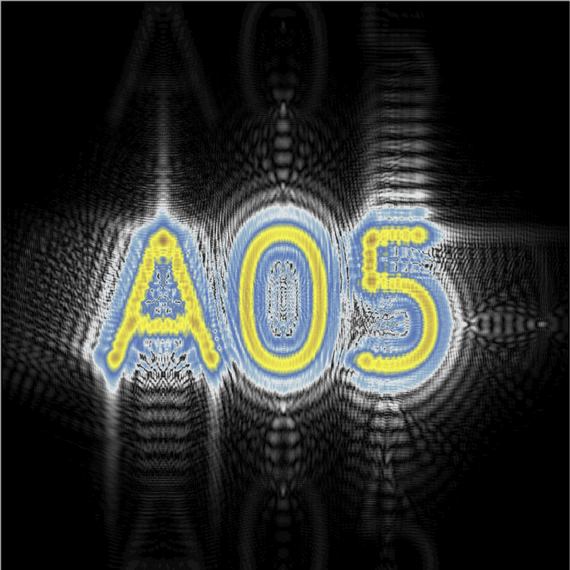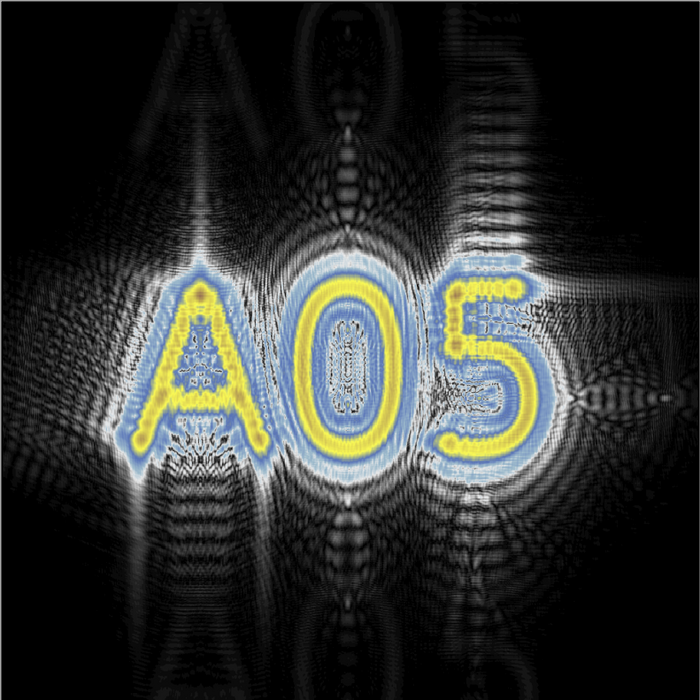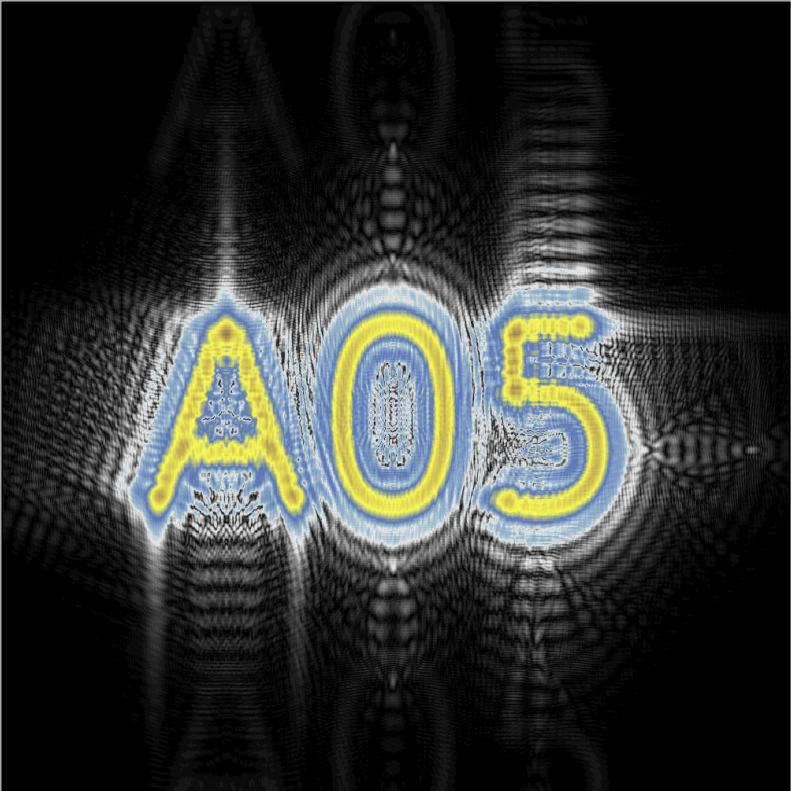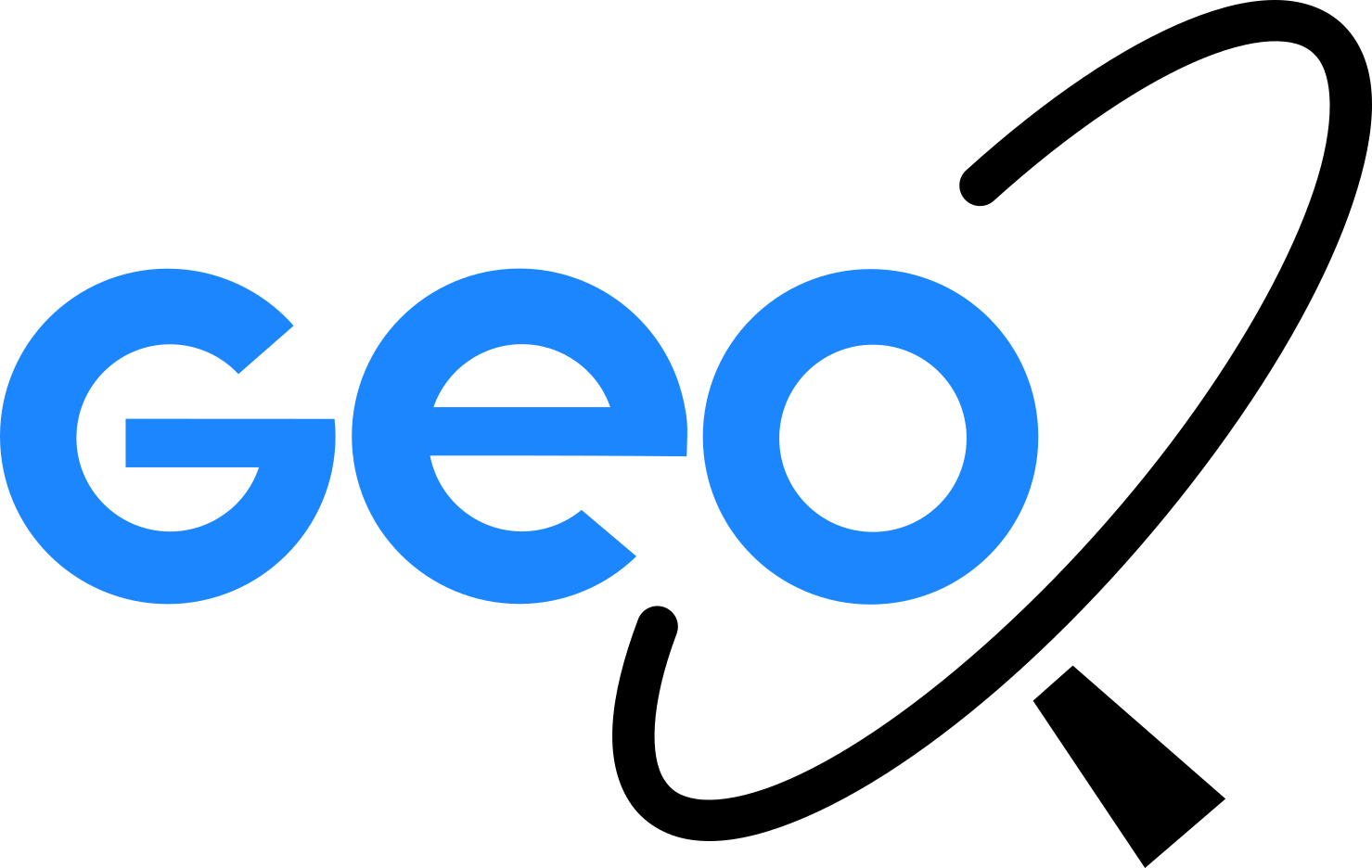In this project we focus on aspects of the local interferometry for future space based geodesy missions of a GRACE Follow-On (GRACE-FO) type.
GRACE-FO
In early 2018, two identical satellites forming the GRACE Follow-On mission will launch and continue observing Earth’s geoid, gravity anomalies and changes in the mass distribution just like its precursor mission GRACE has done in the past 15 years. These measurements are extracted from the observation of distance variations between the two satellites. GRACE Follow-On will perform these measurements for the first time also interferometrically with the Laser Ranging Interferometer (LRI). This technology demonstrator, will sense variations in the distance between the two spacecraft with a noise level of 80 nm/√Hz.
From GRACE-FO to a future mission
Even though GRACE-FO is only about to launch, it is now the right time to start the work on a precursor missions to ensure technology readiness in time. This preparation splits in geo-Q into several projects addressing different aspects of future missions: The study of mission designs including a noise budget breakdown as well as the investigation of specific inter-satellite interferometry aspects such as acquisition are performed in B06. B02 focuses on optimising the scientific exploitation of available readout signals. Finally, in this project (A05), we investigate several aspects of the local interferometry as described below.
Geo-Q project A05
Project A05 itself consists of two main tasks:
- an experimental investigation of the so-called tilt-to-length coupling mechanisms and
- on theory level a preparation of simulation methods to allow accurate prediction and modelling of the interferometric results.



Fig. 1: Diffraction pattern of a plane wave clipped by an aperture in the shape of the A05 logo after propagation over 10 mm.
The shown area has a width and height of 4 mm. The electric field was decomposed into 360 000 fundamental modes using the Gaussian beam decomposition method implemented in our software library IfoCAD within this geoQ-project.
A05 - Background for the experimental project
For a future mission, we would like to improve the readout sensitivity and assume therefore a total ranging noise budget of 10 nm/√Hz compared to the LRI ranging noise budget of 80nm/√Hz. The two main contributors to the LRI noise budget are laser frequency noise, and cross coupling from angular motion into the length readout (tilt-to-length coupling). In order to reduce the overall ranging noise, these two contributors need to be suppressed. In A05, we investigate the second contributor: the tilt-to-length (TTL) coupling. The origin of the TTL coupling is rotation or angular jitter, of either a spacecraft or - if existent - an interferometrically read-out test mass. The coupling to the interferometric length readout can then be suppressed either by suppressing the angular jitter itself, or by mitigating the cross coupling mechanisms. Since the origin of the angular jitter (e.g. atmospheric drag) cannot be improved, we focus on the mitigation of the cross coupling mechanisms.
The experiment itself
We know from previous investigations a variety of TTL coupling mechanisms. However, it proved continuously difficult to experimentally verify in detail our theoretical predictions. The difficulty in all previous experiments was the fact that any actuator used to produce a tilt as stimulus for the experiment caused an associated length error in itself which could not be disentangled from the length coupling of the optical system under investigation. The key element of our experimental setup was therefore the development and setup of an advanced tilt actuator (ATA), which generates controlled tilts without parasitic longitudinal motion e.g. due to hysteresis. This ATA can now be used to generate tilts in TTL coupling experiments, to verify the performance of - for instance - imaging systems and compare the experimental results to optical simulations.
A05 - Simulation aspects
The Laser Ranging Interferometer (LRI) aboard GRACE-FO superimposes local laser light with received light from the remote spacecraft. While the locally generated light can be well approximated with Gaussian beams, the received light is strongly expanded when it reaches the spacecraft such that it is clipped when it enters the spacecraft via an aperture. This results in a top-hat shaped received beam which propagates with strong diffraction effects. Even though diffraction is a long-known effect, it is still non-trivial to predict the interferometric phase signal for superimposed diffracted beams. In fact, there exist several methods to compute diffracted wavefronts, which often require very high computational effort and are valid only in a small parameter range. We are therefore comparing different diffraction modelling methods on their applicability for inter-satellite interferometry, namely the Mode Expansion Method (MEM), the Gaussian Beam Decomposition (GBD) method, and specific Fourier Optics routines. Additionally, we are investigating from a theoretical point of view the tilt-to-length coupling described above and design imaging optics to suppress this effect.
Principal Investigators
Callinstr. 38
30167 Hannover
Callinstr. 38
30167 Hannover
Callinstr. 38
30167 Hannover
Callinstr. 38
30167 Hannover


